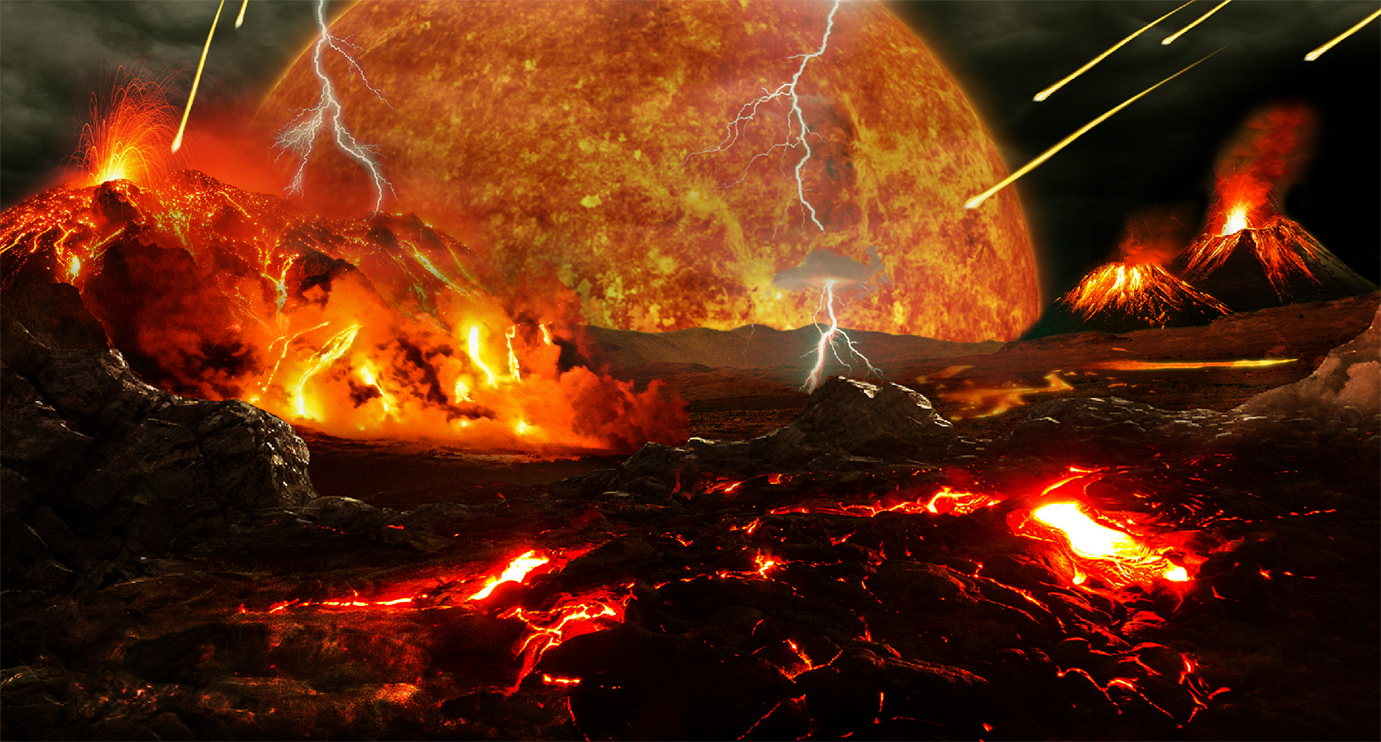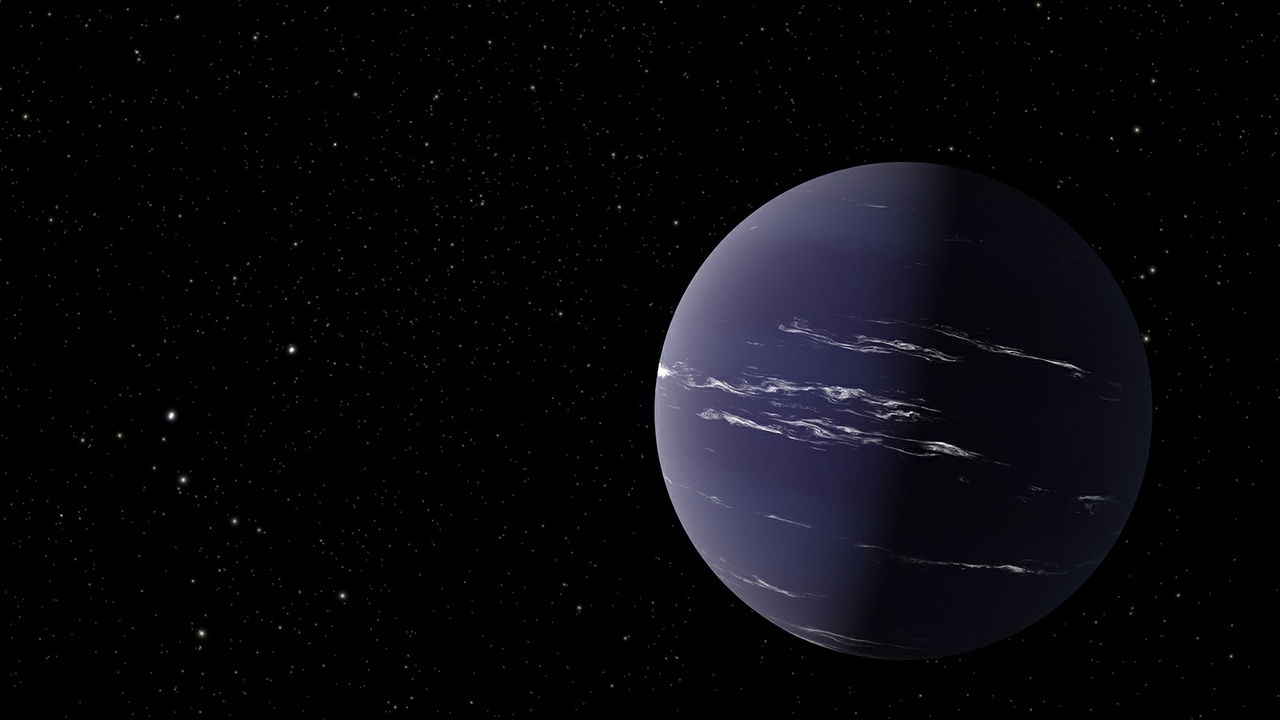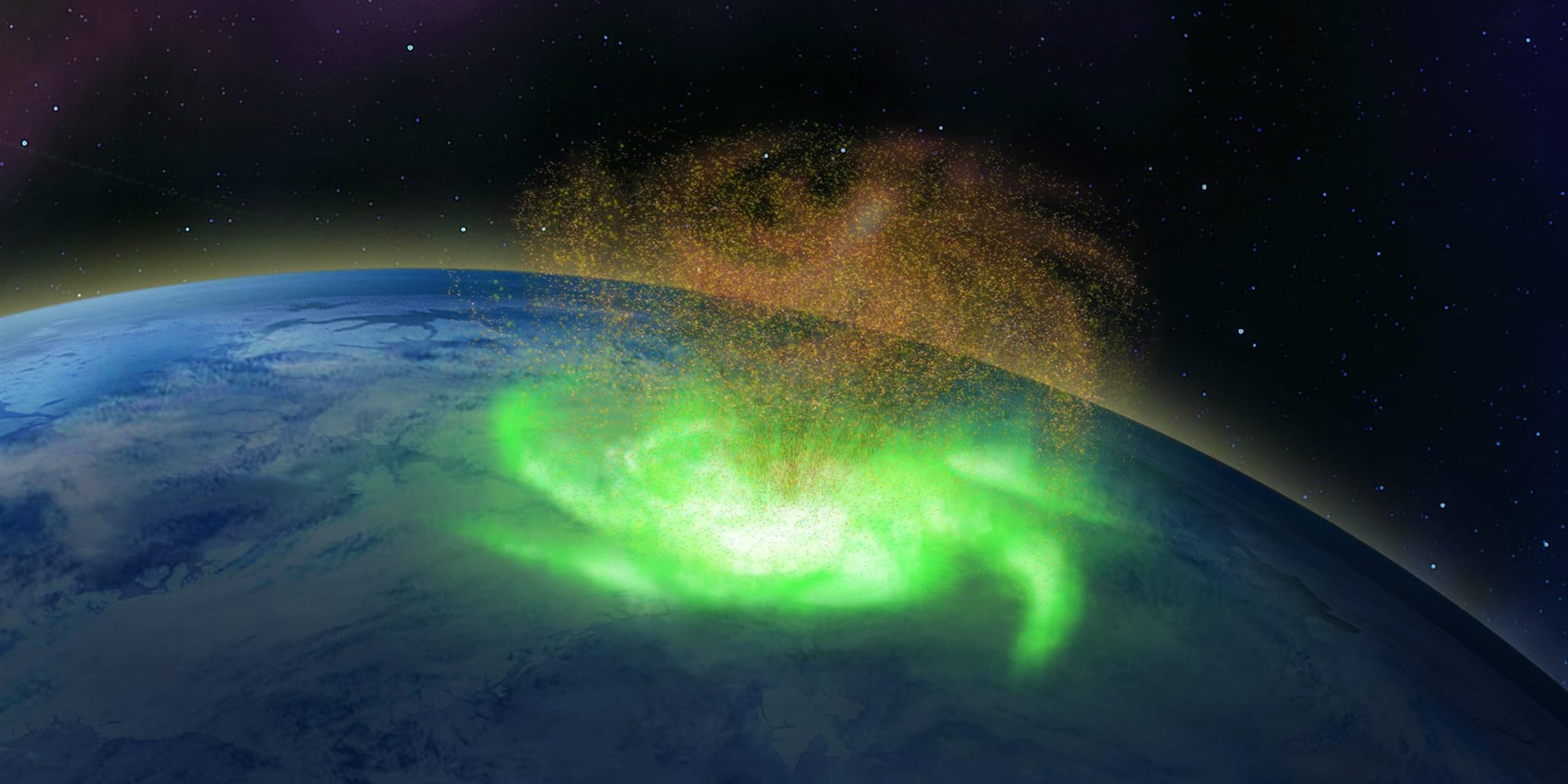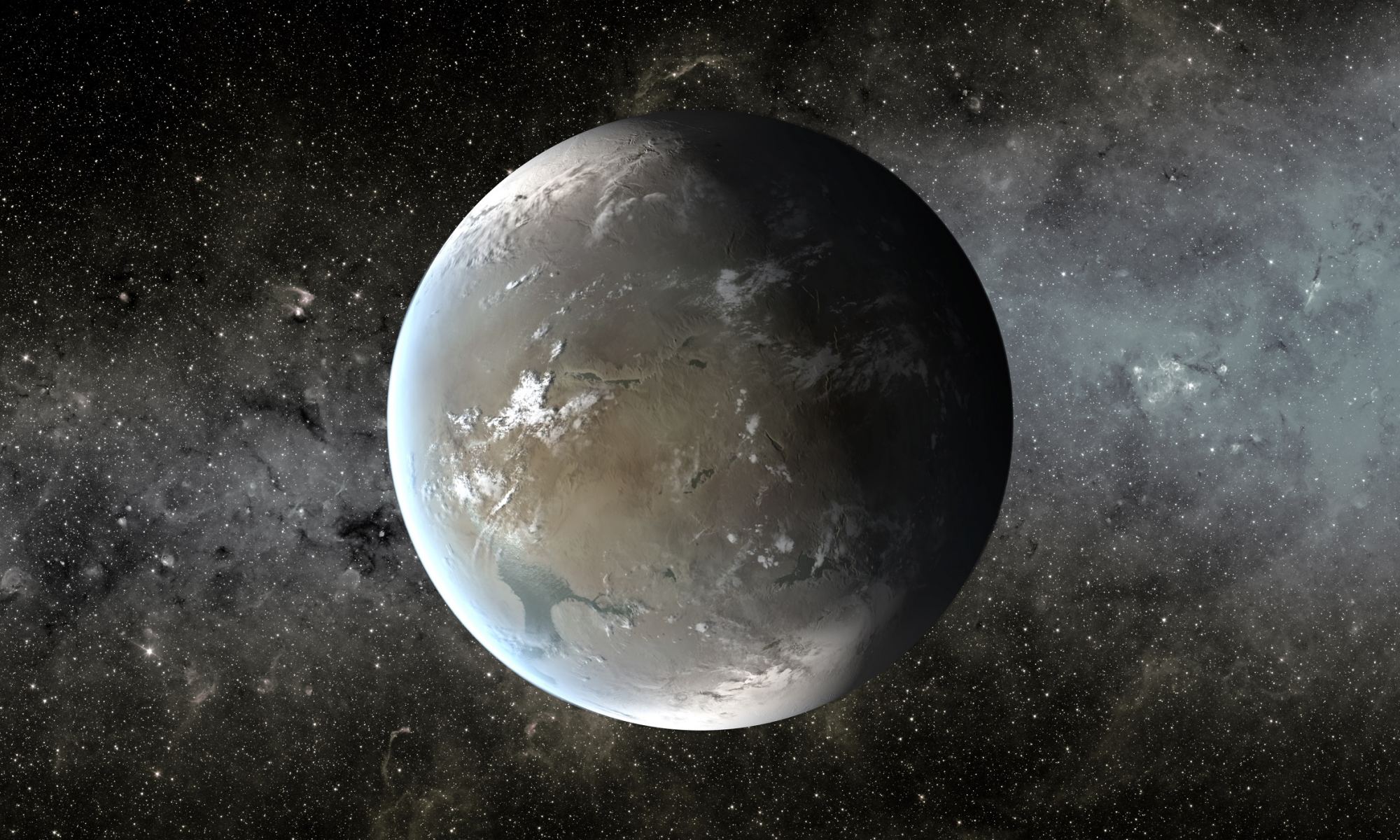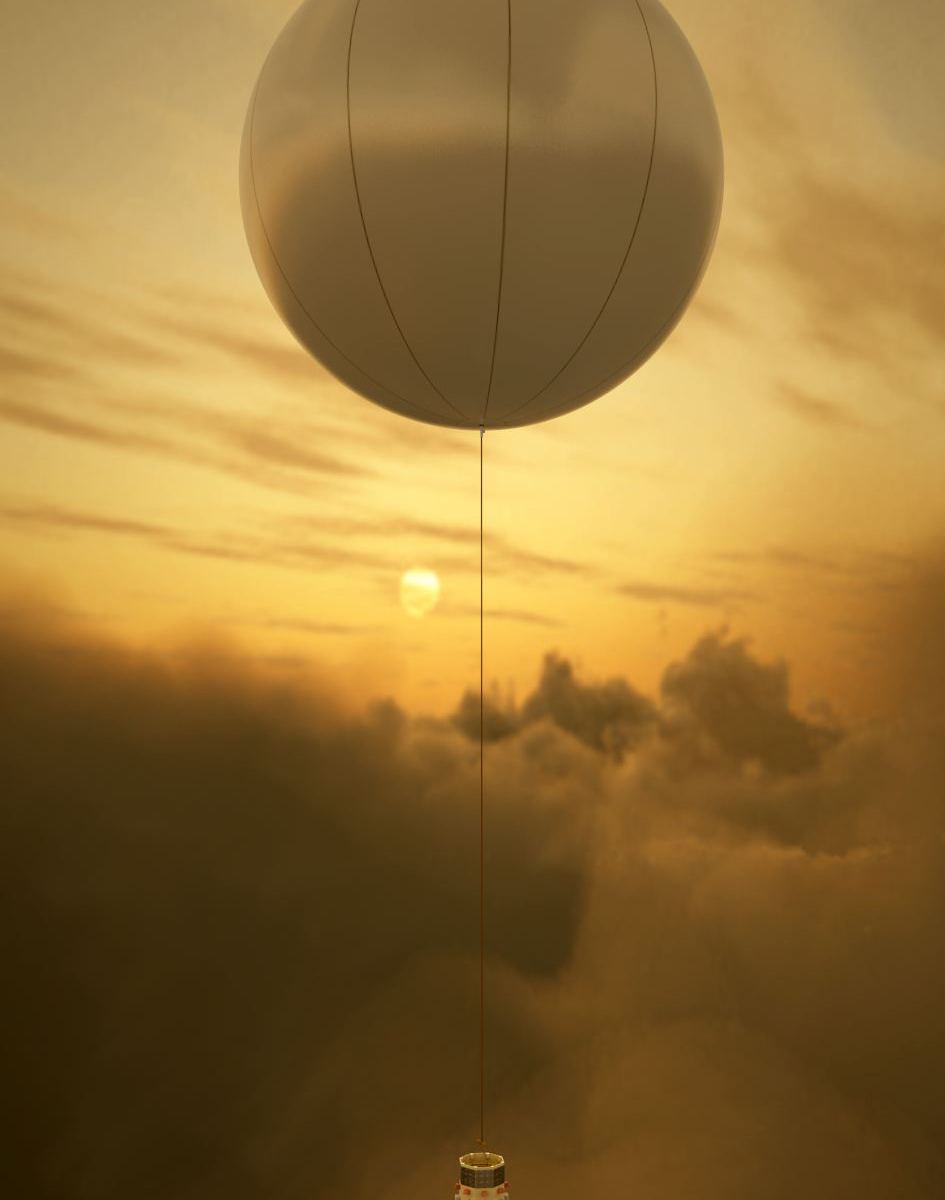This is reminiscent of going down slide on the playground – and then immediately getting back in line to go down again. Except in space.
Here’s what it looks like on board the International Space Station when thrusters fire for an orbital reboost. While it seems like the astronauts are moving inside the station, in in reality it is the Space Station that is moving around them. And in actuality, the acceleration doesn’t happen this fast – the video is sped up eight times. But it still looks like fun!
Continue reading “Watch What Happens to Astronauts When the International Space Station Gets an Orbital Reboost”

